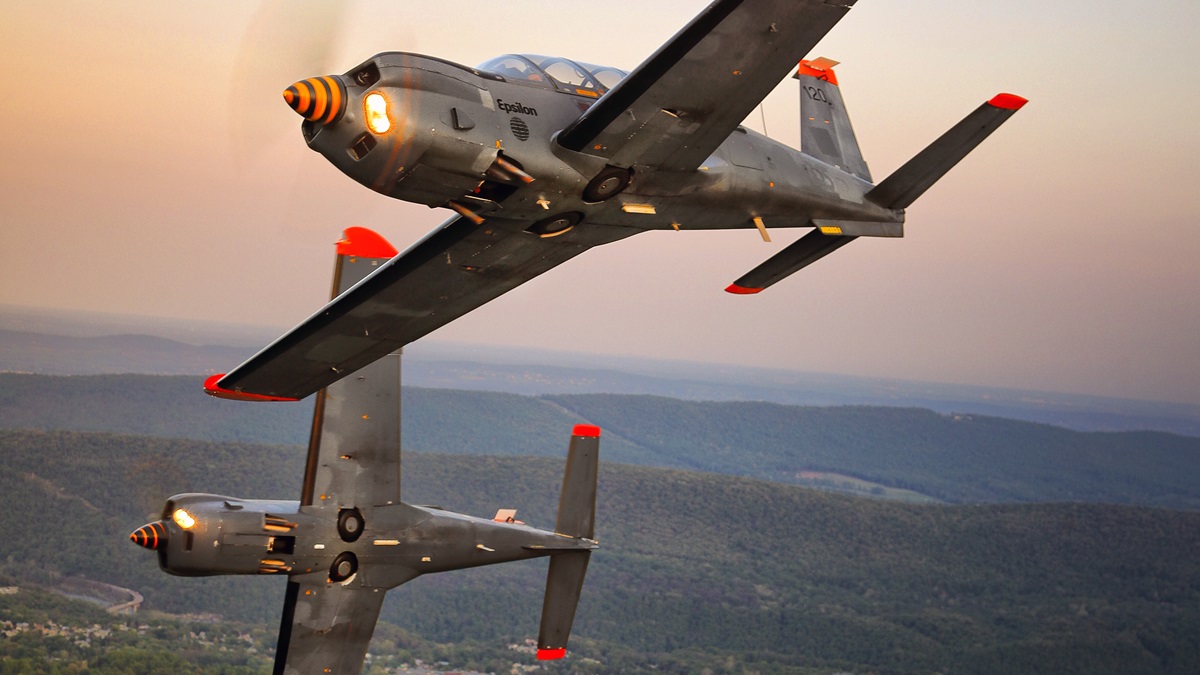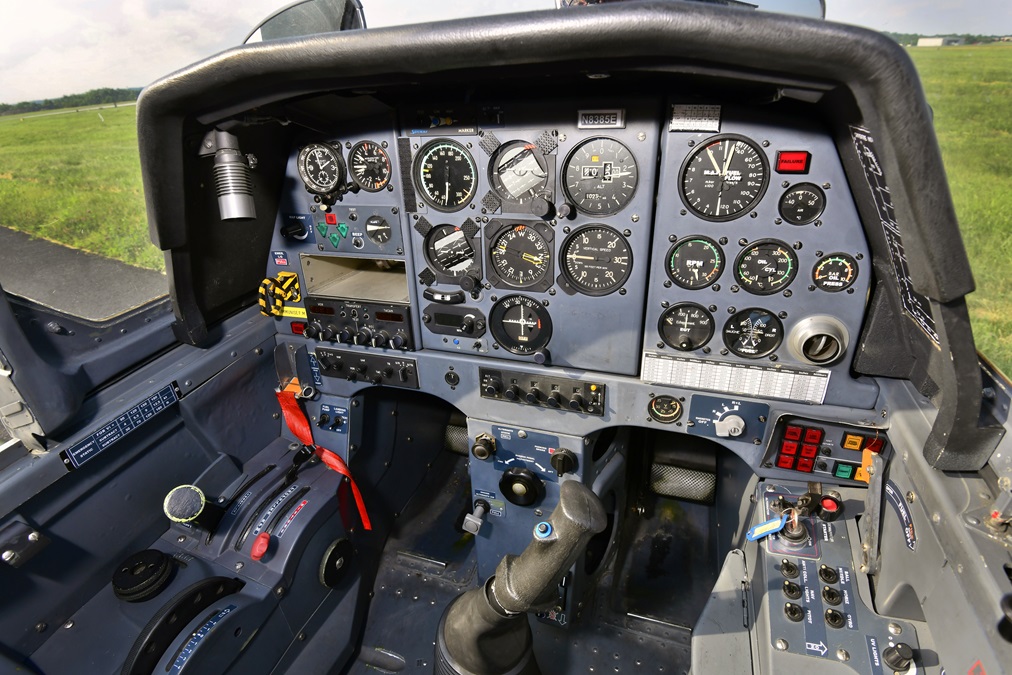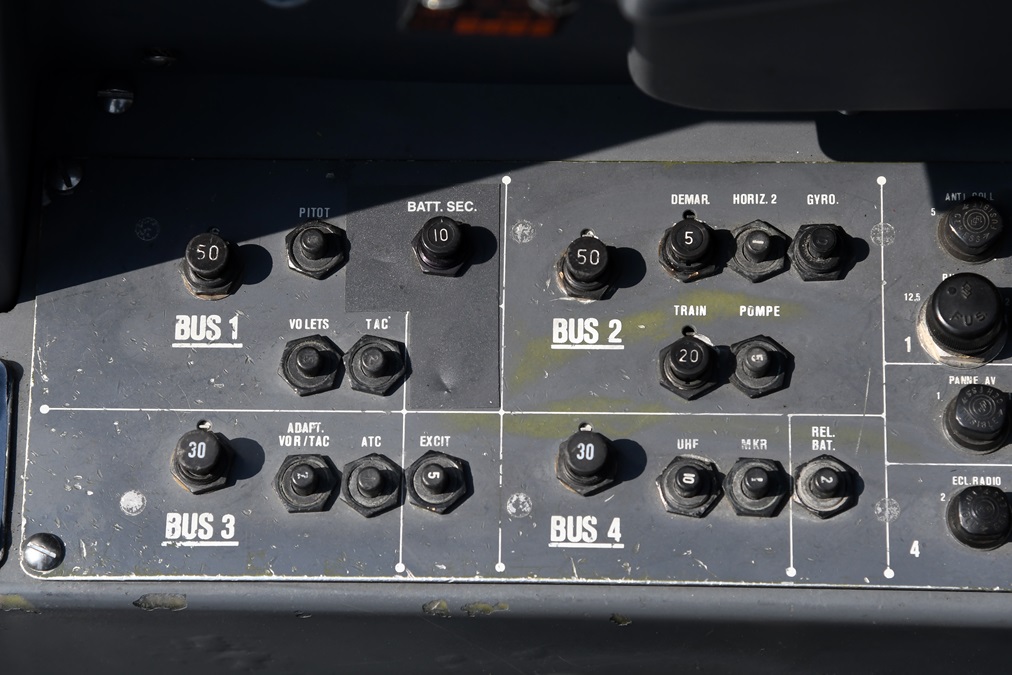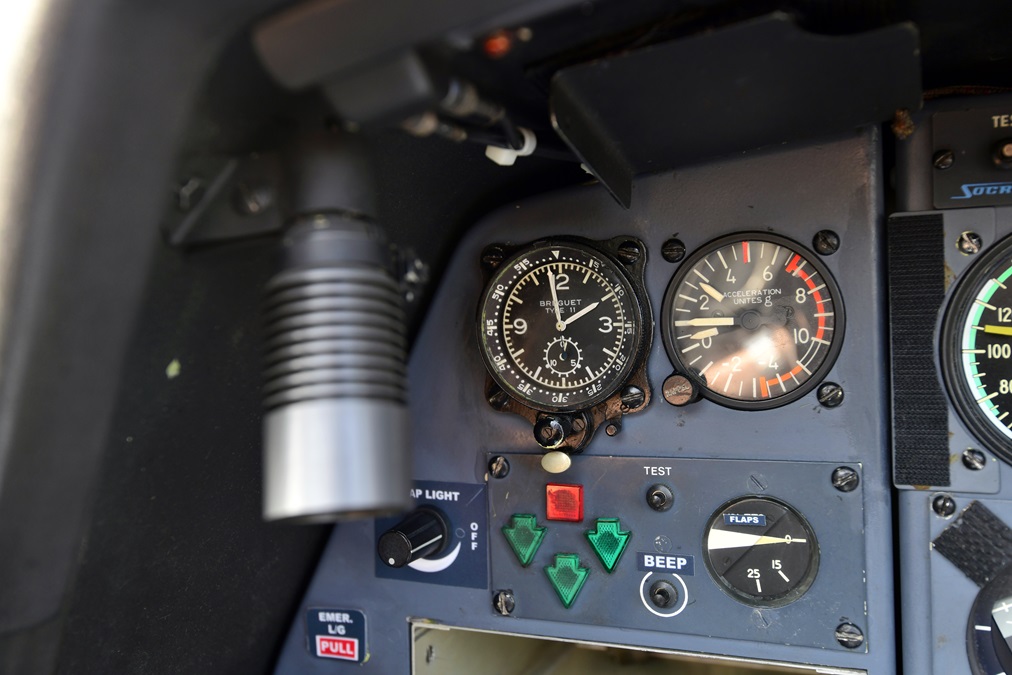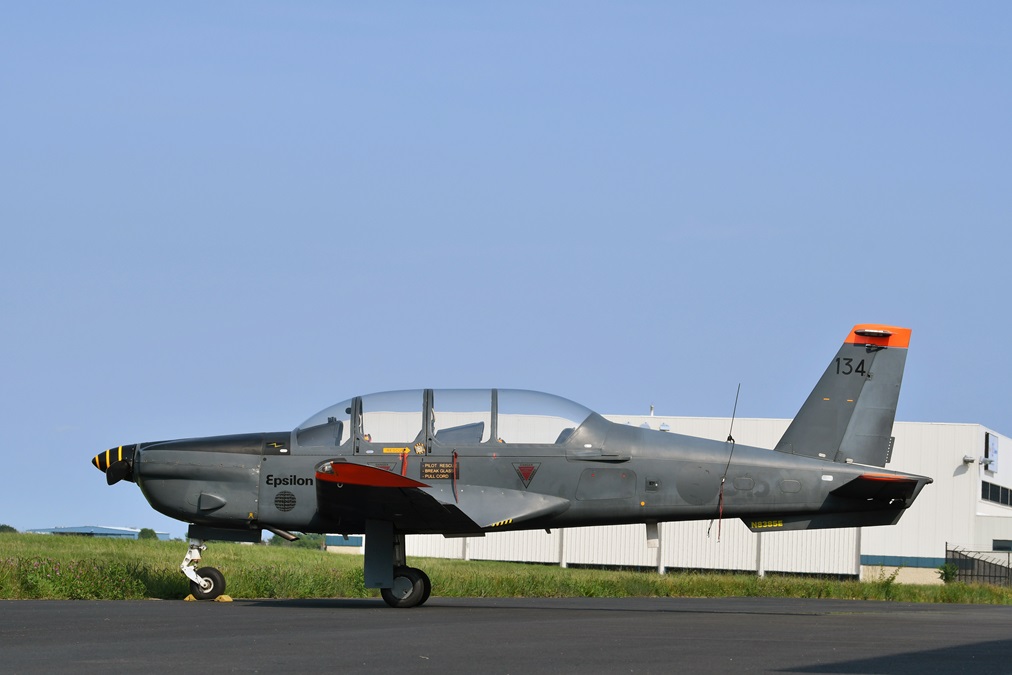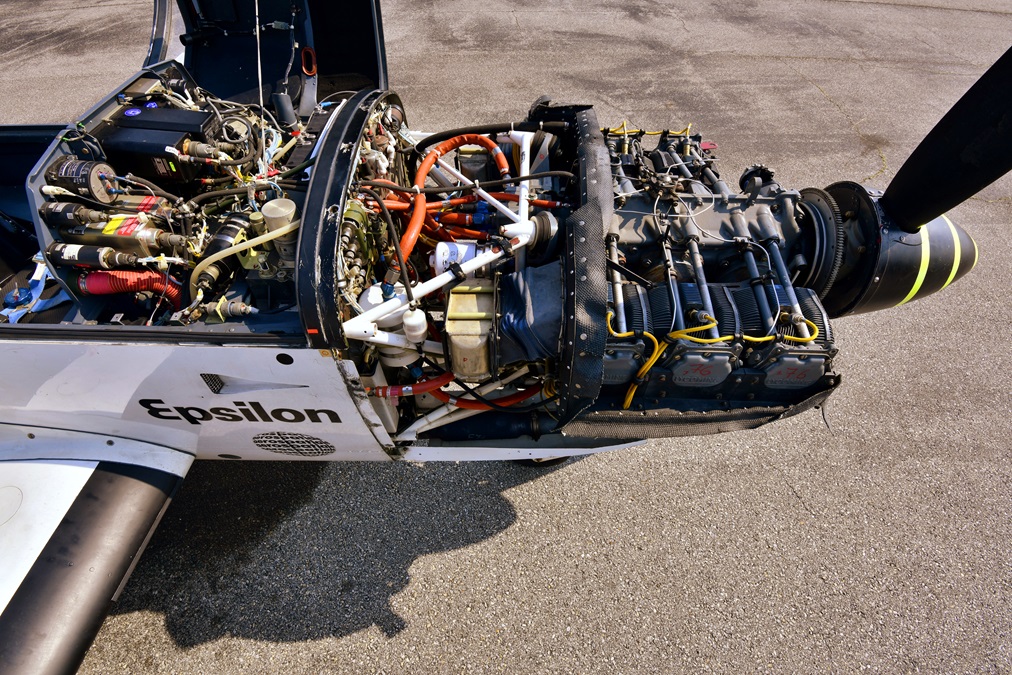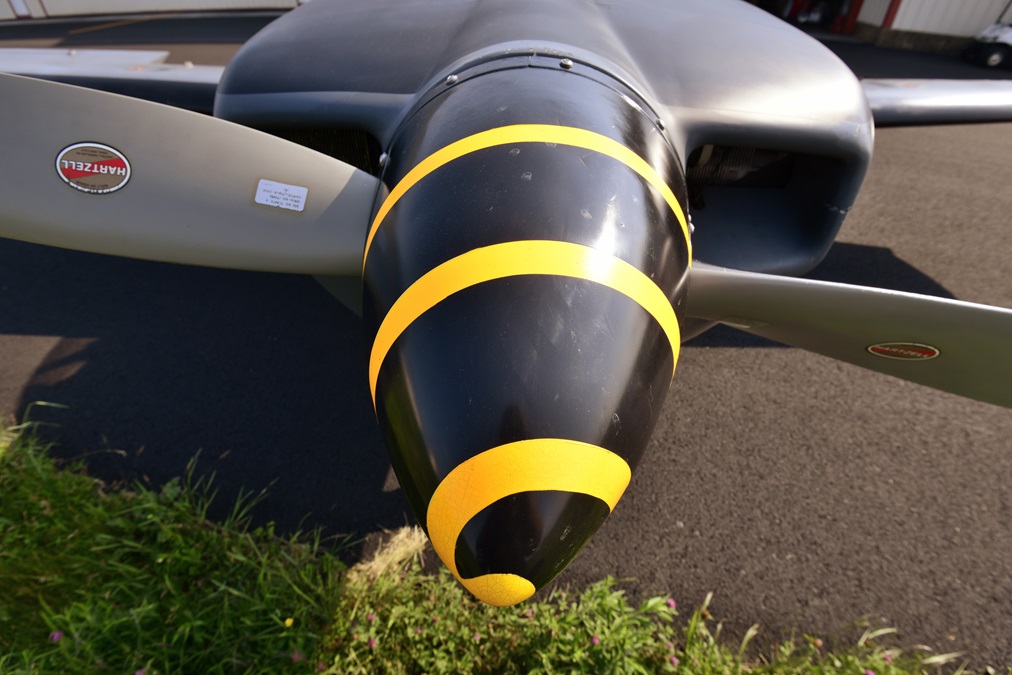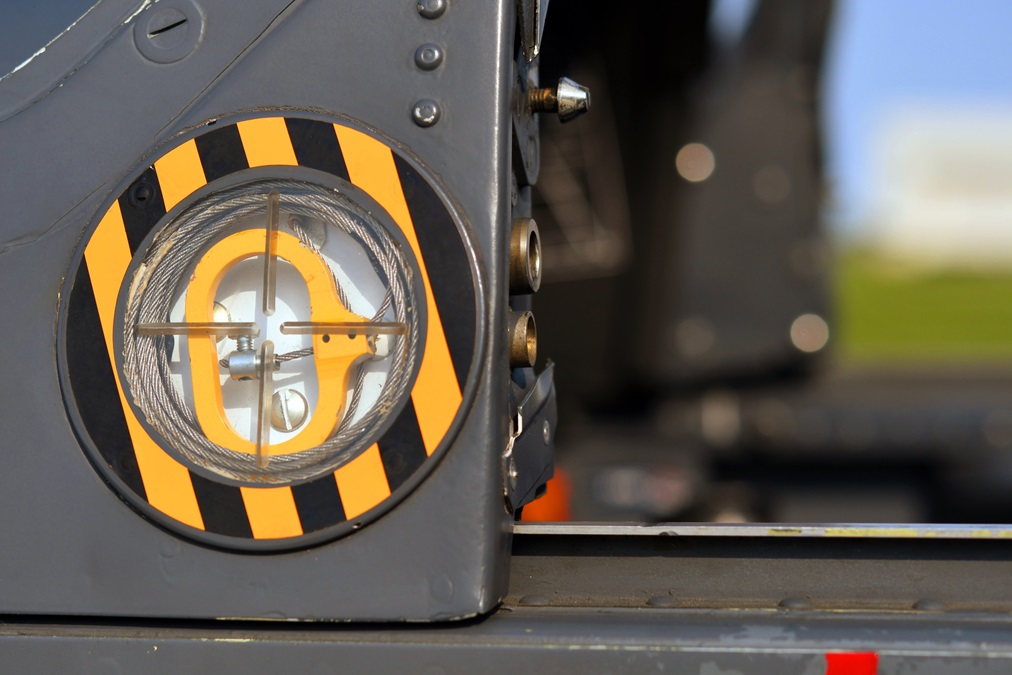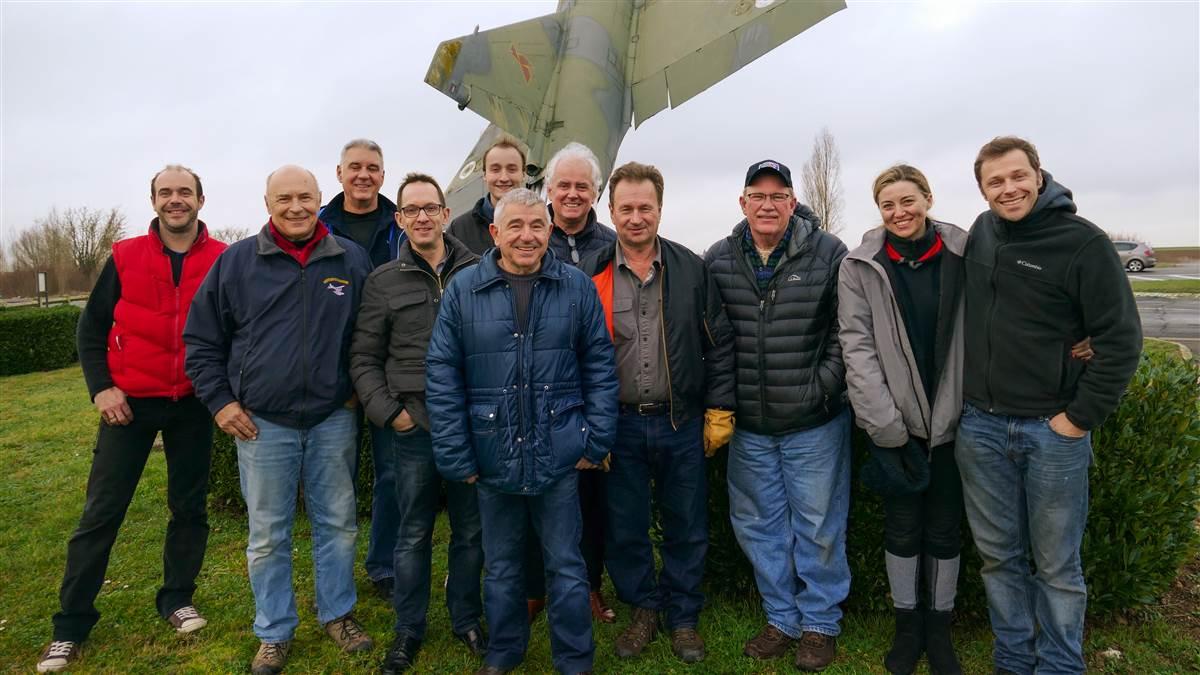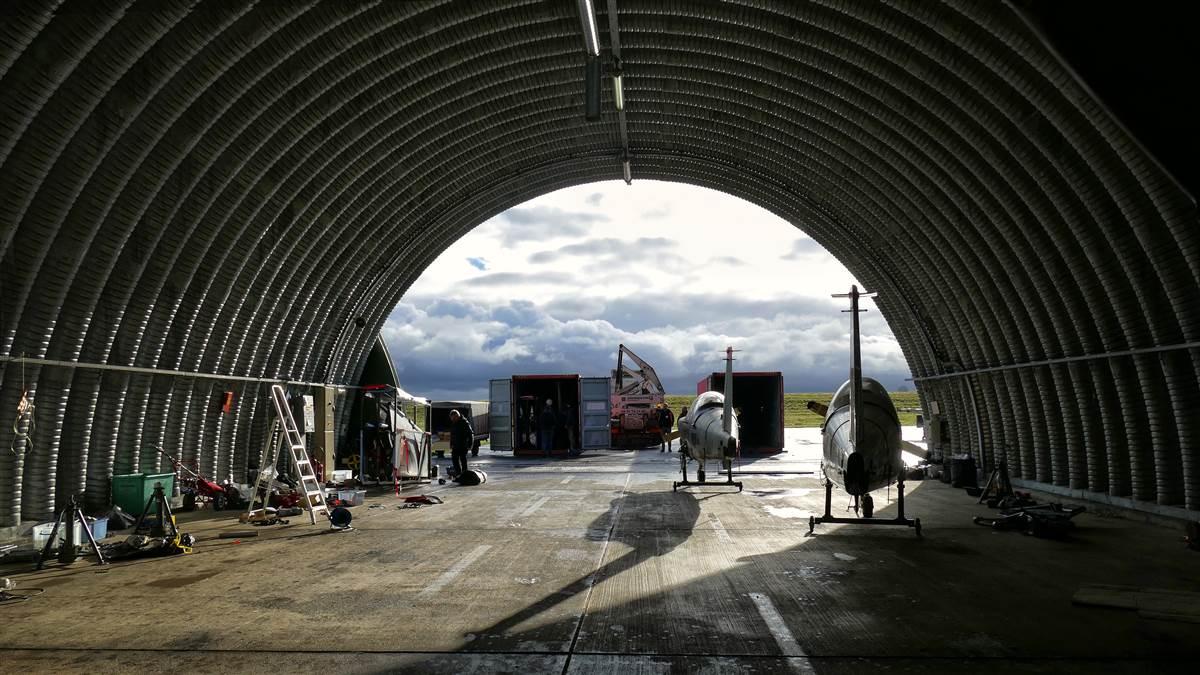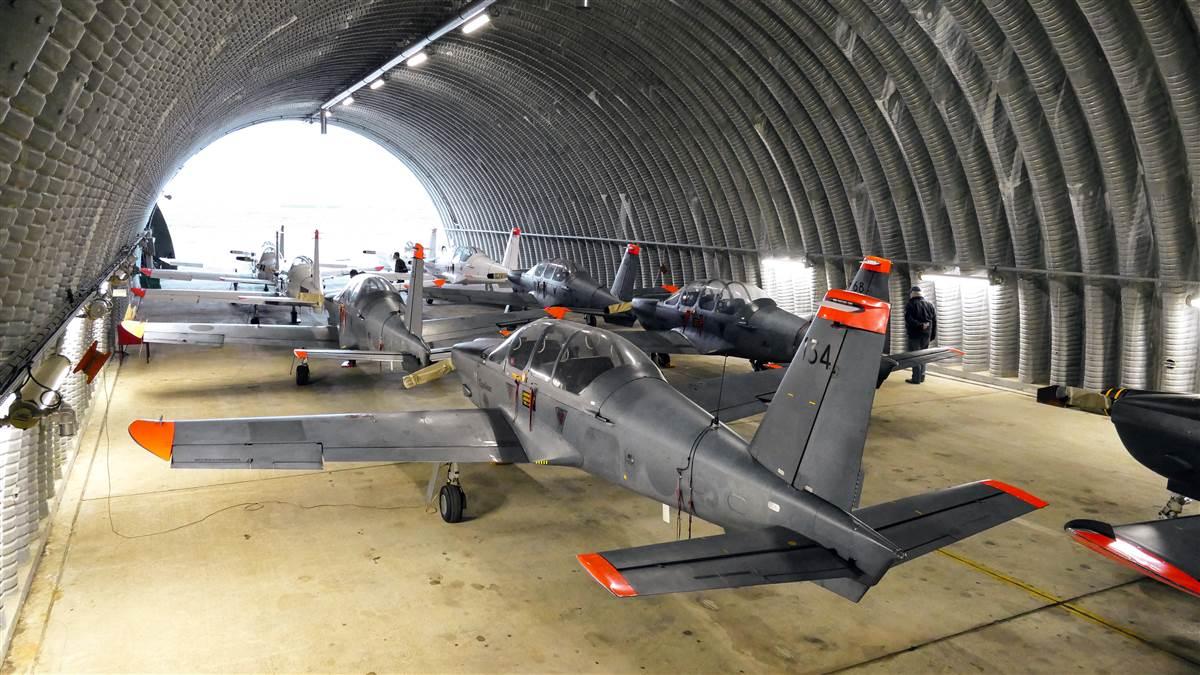Socata TB30 Epsilon: Bonjour
A refined French warbird comes to America
“The Mentor is so slow, so ponderous,” said Olivier Langeard, an aerobatic pilot and engineer who works for French corporate jet manufacturer Dassault. “I don’t understand why you Americans love them so much. We have far superior military trainers in France.”
Of course you do. And better wine, bread, cheese, and art, too. Americans have been hearing this stuff since Lafayette—and most of the rest of the world has put up with it even longer. But Langeard backed up his bragging with an airplane I’d never heard of: the Socata TB30 Epsilon. It turns out these piston trainers were built for the French Air Force (“Armée de l’Air”) from 1979 until 1989, and they looked impressive in the pictures Langeard had on his iPhone, as well as the specs. Powered by a 300-horsepower Lycoming AEIO-540 and two-blade Hartzell propeller, the Epsilon claims a top cruise speed of 193 knots, is stressed for aerobatics (plus-6 and minus-3 Gs), has IFR avionics, and boasts a crazy-high never-exceed speed of 281 knots.
Langeard, a civilian pilot, confessed he’d never actually flown an Epsilon. But he’d spoken with lots of his countrymen who had, and their unanimous affirmation convinced him to form a partnership group and buy a lot of 19 aircraft retired from the French military. His partners (including AOPA colleague Mike Filucci; see “French Connection,” p. 54) subsequently traveled to France to disassemble and pack the airplanes in shipping containers, then reassembled and after inspection by a designated airworthiness representative, registered them (in the Experimental/Exhibition category) in Wilmington, Delaware.
The first, and for more than a decade the only, Epsilon in the United States is owned and flown by Tom Evernham, a former U.S. Air Force pilot (and current Daher TBM 700 owner) who lives at the Spruce Creek fly-in community in Daytona Beach, Florida. He expected his Epsilon to be the first of many that were soon to follow—but the deal fell apart after his was delivered and the other airplanes stayed in Europe. Meanwhile, he’s logged more than 1,000 hours of flight time in his airplane and graciously provided a flight demo for this article while the newly delivered Epsilons were being assembled.
“The Epsilon’s terrific for formation flying and aerobatics,” said Evernham, who flew F–86 and F–100 fighters in the military. “It’s much faster than a T–34, and I’ve got to throttle way back when we fly together. But the Epsilon’s got a much shorter wing, so it won’t turn with a T–34. They definitely have an advantage there.”
Bonjour
The Epsilon is the end of the evolutionary line for piston military trainers, and its designers adopted ideas that worked in previous airplanes.
Tandem seating; metal construction (except for the fabric-covered rudder and elevator); a sliding bubble canopy; and beefy, trailing link landing gear with Cleveland wheels and brakes are made for ruggedness, reliability, and maintainability.
Other quirks are pure Socata (then Aérospatiale). The vertical stabilizer is mounted slightly forward on the fuselage, the horizontal stabilizer has an unusually broad span, and there’s an external actuator on the rudder. Both front and rear canopies of the Epsilon are equipped with explosive charges meant to shatter the Plexiglas prior to bailing out, and they were mercifully removed from this airplane. Intersection fairings where the wing meets the fuselage are gigantic, angular affairs.
The short wings with elliptical tips have exceptionally high loading for a trainer (28.4 pounds per square foot), and that’s by design. The Epsilon was meant to prepare pilots for military jets with even more critical wings and far higher loading.
The front and rear cockpits are virtually identical, and they’re snug by American standards but quite thoughtfully arranged. The bucket seats (with a five-point harness and room for a backpack parachute) move fore and aft, up and down, and the back angle is adjustable—as are the rudder pedals. Engine instruments, annunciator lights, and round-gauge avionics are grouped in clusters. From the rear cockpit, the forward view over the instrument panel is excellent, and the rear seat is slightly aft of the wing, so downward visibility is very good.
The throttle quadrant on the left side of the cockpit is large and easy to manipulate, as are the three trim wheels (for pitch, yaw, and roll). The landing gear lever, inexplicably, is shaped like a flap handle—so Evernham went to a hobby store, bought two small wheels, painted them bright orange, and fitted them to the gear levers so there could be no doubt that they’re meant to move the airplane’s wheels, not flaps (or volets, as they’re labeled).
The 28-volt electrical system, engine-driven hydraulics, electro-mechanical landing gear, and fuel system (two wing tanks with a total capacity of 56 gallons) are conventional.
The rear canopy must be closed for engine start, but the front canopy can be partially open, and ventilation in both cockpits is adequate, even for warm and sunny Florida. (Sadly, the canopies do not open in flight.)
Taxiing is normal with a castering nosewheel and differential braking. Runup is standard, and flaps are set to 15 degrees for takeoff. (Full flap deployment is 25 degrees.)
The takeoff roll at sea level lasts about 12 seconds as the Epsilon accelerates to 80 knots, and moderate back-pressure is required to rotate. With the wheels up and flaps retracted, a 15-degree nose-up attitude nets a 2,000-fpm rate of climb at 110 KIAS.
Once in the aerobatic practice area, a high-cruise power setting of 25 inches manifold pressure and 2,500 rpm at 3,500 feet produces 180 KIAS in level flight.
If I were lucky enough to have a choice between flying a T–34 Mentor or an Epsilon, I’d chose the Epsilon every time—and I’m a Mentor fan.Control forces are moderate and well balanced, and there’s virtually no adverse yaw. But the roll rate of about 100 degrees per second (at 160 KIAS) is slower than I would have expected given the short wingspan and relatively large control surfaces. Loops and other over-the-top maneuvers are smooth and graceful when entered at 180 KIAS or more, and control forces remain relatively constant over a broad speed range—although we never got anywhere close to VNE.
The stall warning horn is audible at times near the tops of looping maneuvers, but I never felt any aerodynamic signs of accelerated stalls during aerobatic maneuvers that ranged from plus four to zero Gs. The Epsilon accelerates quickly on downlines, and the wing digs in despite its small area. Inverted flight is limited to 90 seconds at a time.
Slow flight in the “dirty” configuration requires significant engine power to maintain level flight because of the airplane’s effective flaps and high wing loading. Unaccelerated stalls break crisply at about 62 KIAS with moderate wind drop (left or right), and stall recovery is conventional and quick.
Back in the landing at Spruce Creek, Evernham flies 85 KIAS on final approach and modulates the power for the desired rate of descent.
“If you pull the power to idle too soon the rate of descent gets excessive,” he said. “I usually carry engine power all the way into ground effect.”
“The Epsilon’s terrific for formation flying and aerobatics. It’s much faster than a T–34, and I’ve got to throttle way back when we fly together.” —Tom EvernhamWe touch down at about 70 KIAS and the trailing link gear makes it stick, but the Epsilon is so aerodynamically clean that it keeps its speed on the ground, and light to moderate braking is required to bring it to a stop.
“I won’t land at runways shorter than 3,000 feet because it just doesn’t decelerate without pretty aggressive braking,” he said.
French know-it-alls
It bugs me when French know-it-alls turn out to be right—but it happens (Iraq, the Statue of Liberty, de Tocqueville)—and everything Langeard said about the Epsilon was correct. It’s a fantastic trainer, and a uniquely versatile warbird/sport airplane for U.S. owners and pilots. If I were lucky enough to have a choice between flying a T–34 Mentor or an Epsilon, I’d choose the Epsilon every time—and I’m a Mentor fan.
The Epsilon envelops you when you strap in; it’s got a tight, responsive, sports car feel; it’s overbuilt like a train trestle, and it provides excellent speed and good efficiency for cross-country flying (although baggage space is limited, and endurance is no more than three hours with reserves).
I’m looking forward to seeing what U.S. pilots do with their Epsilons. The airplanes have had lots of tough love in Europe where they’ve been flown hard, stored outside, and handled roughly—but they’ve also been well-maintained, and their individual histories are documented in detail. The airframes that come here are sure to get kid-glove treatment, and it’s easy to imagine them getting spruced up with new paint, glass panels, autopilots, and lightweight props. Warbird owners can’t help themselves.
When that happens, the performance gap that Langeard first crowed about will get even wider.
Email [email protected]
SPEC SHEET
Socata TB30 Epsilon
Price: $175,000 to $215,000
Specifications
Powerplant | Lycoming AEIO-540, 300 hp
Empty weight | 870 kg (1,918 lb)
Max takeoff weight | 1,300 kg (2,866 lb)
Fuel capacity | 55 gal
Max cruise speed | 193 KIAS
Range | 702 nm
G limits | +5.5/-2.75 G
Max demonstrated crosswind component | 25 kt
VY (best rate of climb) | 110 KIAS
VA (design maneuvering) | 190 KIAS
VFE (max flap extended) | 130 KIAS
VLE (max gear extended) | 130 KIAS
VNO (max structural cruising) | 250 KIAS
VNE (never exceed) | 281 KIAS
All specifications are based on manufacturer’s calculations. All performance figures are based on standard day, standard atmosphere, sea level, gross weight conditions unless otherwise noted.
AOPA Finance estimates a 6.5 to 7.5 percent interest rate on a loan with 30 percent down and 10-year term, appraisal required.

